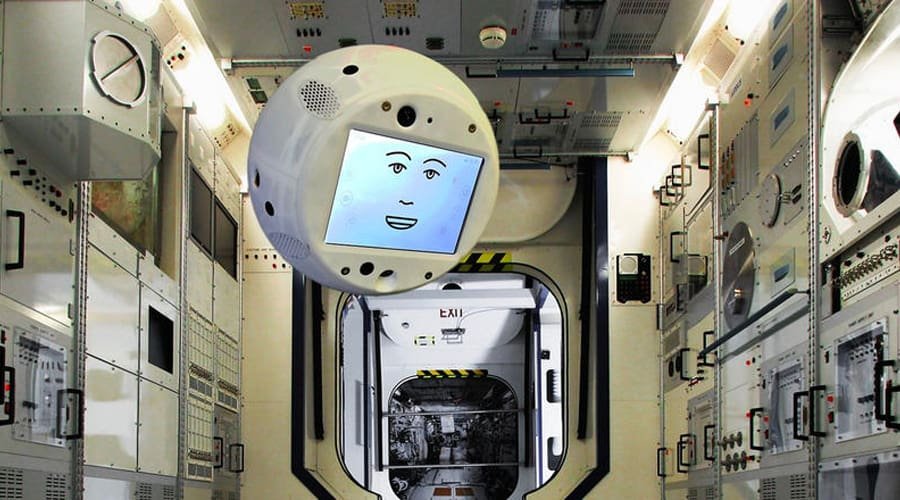Source – https://www.analyticsinsight.net/
AI Astronaut Assistant CIMON 1 & 2 designed by DLR, Airbus, and IBM to help ISS
There was a time where astronauts on the International Space Station were all alone. But with the advent of Artificial Intelligence, now they feel less lonely. All thanks to CIMON, the first-ever free-flying AI Astronaut Assistant in space. Isn’t that amazing? Let’s know more about CIMON.
CIMON 1: The first free-flying AI Astronaut Assistant
Crew Interactive MObileCompanioN (CIMON) is an AI Astronaut Assistant that is developed by German space agency DLR, Airbus, and IBM. The project lead for this first free-flying AI astronaut, Matthias Biniok, was approached for this big project in 2016. Their main aim, was to build a robot and send it into space for providing assistance. Later, when DLR agreed to design it, Airbus went ahead to IBM to help this project by handling the AI aspect. The AI technology used by CIMON is IBM Watson Assistant, which is used worldwide by many IBM clients. The first AI astronaut, CIMON 1 was launched into space via a SpaceX Falcon 9 rocket on June 29, 2018.
The outcome of the project was a roughly spherical, 11-pound robot that could talk with astronauts living in the international space station. CIMON has a unique facial recognition software through which it knows who is talking to it. This AI astronaut has simple visual designs which allow it to show basic facial expressions too. CIMON can talk, understand and see things.
The ears of the AI astronaut consist of eight microphones to identify the directions of the sound. This little AI astronaut can travel independently over the European Columbus Research Module, which is part of the ISS. This AI robot was designed keeping in mind the situations in space. CIMON cannot harm nor fly into anything; it was approved by the researcher responsible for the mental health of the astronauts. CIMON proves to be a handy assistant with its simple and unique structure and design.
The main idea behind designing this AI robot, was to help astronauts in doing their work effectively with the use of Artificial Intelligence. And the other one is for giving the astronauts a companion who can talk to them. CIMON can help the astronauts by giving them information immediately and can assist them in documenting the experiments as and when they are done. CIMON can also record and click pictures for the astronauts. This is a scientific project awarded by DSL, designed by Airbus and IBM. CIMON-1 returned to Earth on August 29, 2019.
CIMON 2: The updated version of CIMON 1
CIMON 2, was also developed by Airbus for the German Aerospace Center Space Administration (DLR). This new updated version of CIMON was launched into the ISS on December 05, 2019, with the help of the CRS-19 supply mission from Kennedy Space Center, Florida. CIMON 2 is yet to stay in ISS for 3years.
This new versioned AI astronaut has added features of autonomous flight capabilities, voice-controlled navigation, and also can understand and carry out various tasks. The microphones of the updated version are more sensitive and advanced to find the direction of the sound. The complex AI software has also been improved along with the battery extending more up to 30% than the CIMON 1. The special feature of CIMON 2 is that it can also analyse the emotion in the language and can show empathy while interacting with the astronauts. This is another achievement in the use of Artificial Intelligence in human space flight.
CIMON and the future
CIMON is just a first step in designing AI robots that can be useful in space centers. CIMON can help in two ways- one is by offering an objective viewpoint without any stress of space travel and the second is it can be the best companion in space. Biniok, the project lead, hopes to see CIMON’s value as a companion and as an assistant which grows in the near future by supporting ISS and journeys to Mars and Moon. CIMON 2 will also be able to help researchers with scientific experiments carried on the ISS in the future.
